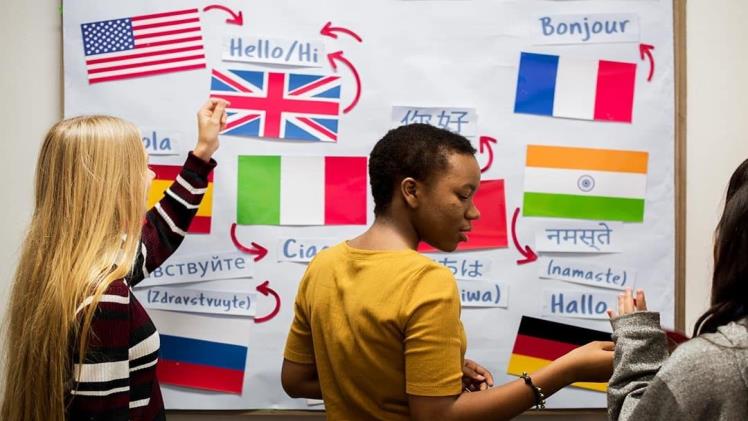Traveling is a beautiful experience, letting us immerse ourselves in diverse cultures and lifestyles. Yet, one of the most challenging aspects travelers face is navigating through language barriers. This piece delves into some of the most intriguing language intricacies worldwide and how they impact our journey through foreign lands.
The Silent Conversations of Silbo Gomero
On the island of La Gomera in the Canary Islands, a remarkable form of communication has stood the test of time. Silbo Gomero, a whistle language, was developed centuries ago, allowing shepherds to converse across the vast valleys and deep ravines. Instead of spoken words, the language uses whistles to convey messages, with varying pitches and tones corresponding to different phrases or commands.
A Multitude of Sign Languages
While many are aware of sign languages like American Sign Language (ASL) or British Sign Language (BSL), few realize the vast array of sign languages that exist globally. Each has its dialects, grammar, and nuances, making them as intricate as spoken languages. In Indonesia, for example, different islands have distinct sign languages. Bali boasts its Bali Sign Language (BISINDO), which differs significantly from the Kata Kolok used in a specific Balinese village. For the deaf community in each area, these languages are an integral part of their identity and culture.
Diverse Dialects in Close Proximity
China serves as a fascinating case study when discussing language barriers, even within one country. Mandarin, often considered the ‘standard’ Chinese language, is just one of many Sinitic languages spoken across the nation. Regions like Guangdong have Cantonese as the dominant tongue, while Shanghainese reigns supreme in Shanghai. While they share the same written script, their spoken forms can be vastly different, making mutual comprehension a challenge.
The Nuances of Nahuatl
Mexico, renowned for its rich history, is home to Nahuatl, the Aztec language. While Spanish is the predominant language, Nahuatl remains spoken by over a million people, mostly in remote areas. Travelers keen on exploring off-the-beaten-path destinations in Mexico might encounter Nahuatl speakers, revealing an undiluted glimpse of the nation’s deep-rooted traditions and cultures.
Alaska’s Rich Tapestry of Indigenous Languages
Venture to the rugged terrains of Alaska, and you’ll find a linguistic landscape as diverse and captivating as its natural wonders. Home to over 20 different indigenous languages, each tells a tale of the ancient tribes and their symbiotic relationship with the land and sea. Languages like Tlingit, Yup’ik, and Inupiaq have thrived in these territories for centuries, passed down through generations via storytelling, songs, and ceremonies. While some of these languages are endangered, efforts are being made to revitalize and preserve them, recognizing their crucial role in Alaska’s cultural heritage. For travelers, hearing these languages is akin to traveling back in time, offering a precious glimpse into the traditions, wisdom, and spirit of Alaska’s first inhabitants. Whether you’re on an Alaska cruise or trekking through its wilderness, understanding this rich linguistic tapestry adds profound depth to the Alaskan adventure.
The Tower of Babel – A Metaphor for Our Times?
The biblical story of the Tower of Babel serves as an apt metaphor for our linguistic diversities. According to the tale, humanity once spoke a single language. Their unified language led them to challenge divine authority by constructing a tower to reach the heavens. As a consequence, God confounded their speech, causing them to scatter and develop various tongues. The story is allegorical but exemplifies the beauty and challenge of our linguistic landscape.
Travel and Language – The Dance of Understanding
Traveling isn’t just about seeing new places; it’s about immersing oneself in the world’s myriad cultures. Language is a significant aspect of this immersion. Even if travelers don’t master the local tongue, attempting basic phrases or understanding the language’s essence can drastically enrich the experience.
Remember, it’s often not the words but the intent behind them. Many travelers recount tales where they’ve communicated more through gestures, smiles, and shared experiences than through words. So, embrace the language barriers, whether you’re navigating through the bustling markets of Marrakech or trying to order a local delicacy in Bangkok. They’re not hurdles but bridges to more profound connections.
In the vast world of languages, each one tells a story, encapsulates a culture, and offers a unique lens to view the world. As travelers, by understanding and appreciating these linguistic nuances, we don’t just enrich our journeys; we weave ourselves into the global tapestry of human connection.

